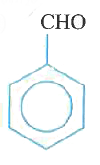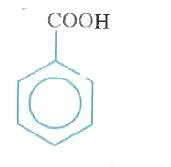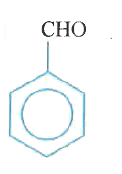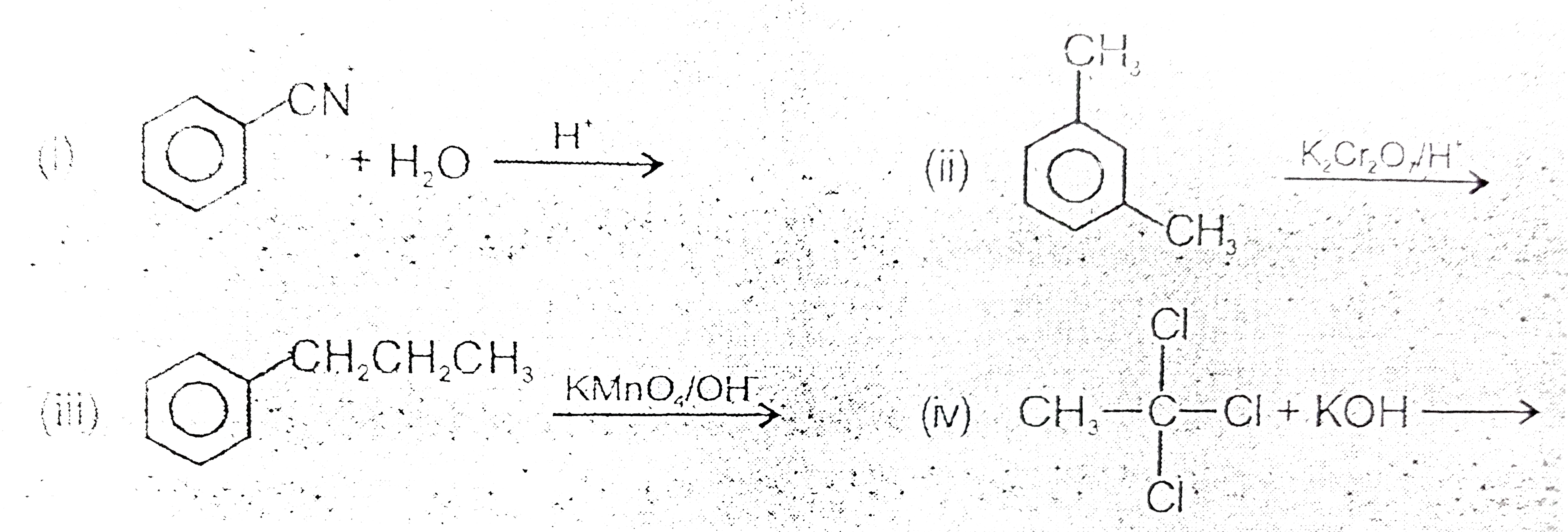Select the wrong option.
I. Fermentation partial breakdown of glucose but aerobic respiration is the complete break down of glucose in CO2+H2O
II. NADH + H+Very slow−−−−−−−→FermentationNAD+
III. NADH + H+Very fast−−−−−−−−−−→Aerobic respirationNAD+
IV. In respiratory pathway gylcerol changes into DHAP
None
All
I
III and IV
The correct Answer is:A
To determine the wrong option from the provided statements regarding respiration in plants, let's analyze each statement one by one.
1. Statement I: "Fermentation is the partial breakdown of glucose, but aerobic respiration is the complete breakdown of glucose into CO₂ and H₂O."
- Analysis: This statement is correct. Fermentation does involve the partial breakdown of glucose, resulting in products like ethanol or lactic acid, while aerobic respiration fully oxidizes glucose to carbon dioxide and water.
2. Statement II: "NADH + H⁺ (very slow) → NAD⁺ (Fermentation)"
- Analysis: This statement is also correct. In fermentation, the oxidation of NADH to NAD⁺ occurs slowly, which is a characteristic of the fermentation process.
3. Statement III: "NADH + H⁺ (very fast) → NAD⁺ (Aerobic respiration)"
- Analysis: This statement is correct as well. In aerobic respiration, the regeneration of NAD⁺ from NADH is a rapid process due to the presence of oxygen, which allows for efficient electron transport.
4. Statement IV: "In the respiratory pathway, glycerol changes into DHAP."
- Analysis: This statement is also correct. Glycerol can be converted into dihydroxyacetone phosphate (DHAP) in the glycolytic pathway, which is a part of cellular respiration.
Conclusion:
All the statements provided are correct, and thus, there is no wrong option among the choices given. Therefore, the answer to the question is that there is no wrong option.
- Analysis: This statement is correct. Fermentation does involve the partial breakdown of glucose, resulting in products like ethanol or lactic acid, while aerobic respiration fully oxidizes glucose to carbon dioxide and water.
- Analysis: This statement is also correct. In fermentation, the oxidation of NADH to NAD⁺ occurs slowly, which is a characteristic of the fermentation process.
- Analysis: This statement is correct as well. In aerobic respiration, the regeneration of NAD⁺ from NADH is a rapid process due to the presence of oxygen, which allows for efficient electron transport.
- Analysis: This statement is also correct. Glycerol can be converted into dihydroxyacetone phosphate (DHAP) in the glycolytic pathway, which is a part of cellular respiration.
All the statements provided are correct, and thus, there is no wrong option among the choices given. Therefore, the answer to the question is that there is no wrong option.
Similar Questions
Knowledge Check
- Question 1 - Select One
Assertion: Fermentation accounts for only a partial breakdown of glucose whereas in aerobic respiration it is completely degraded to CO2 and H20
Reason: NADH is oxidised to NAD+ rather slowly in aerobic respiration, however the reaction is very vigorous in case of fermentation.AIf both. assertion and reason are true and the reason is the correct explanation of the assertion.BIf both assertion and reason are true but reason is not the correct explanation of the assertion.CIf assertion is true but reason is false.DIf both assertion and reason are false. - Question 2 - Select One
What is the product in the reaction
CH3MgBr(i)CO2−−−−→(ii)H2OXAacetaldehydeBAcetic acidCFormic acidDFormaldehyde - Question 3 - Select One
(i)CO2−−−−−−−→(ii)H2O In the reaction, product P is
A B
B C
C DC6H5−O∣∣C−C6H5
DC6H5−O∣∣C−C6H5
Complete the following equations
(i) PbS(s)+H2O2(aq)→
(ii)CO(g)+2H2(g)cobalts−−−−→catalystView SolutionComplete the following pathway showing the breakdown of glucose
Glucose in cytoplasm−−−−−−→(i)−−−−−−−−−−−−−−−−−→3−carbon molecules + energypresence ofO2−−−−−−−−→in mitochondria(ii)?−−→+H2O+EnergyView SolutionIdentify unknown compounds A to E in the following senes of chemical reactions.
(i)
(ii) A+Bdil NaOH−−−−→C+H2O
(iii) C(i)O3−−−−−−−→(ii)Zn/H2OA+D
(iv) DH2/Ni−−−→ΔEView SolutionComplete the following reactions indicating the major product formed.

(iv) CH3−Cl∣C∣Cl−Cl+KOH→
(v)C2H5Mgl+CO2dry ether−−−−→H+/H2O−−−−−→View SolutionFinal product of following reaction is
CO2+(CH3)3C−MgBr(i)dry ether−−−−−−−→(ii)H3O+ABr2−−→Red PBView Solution

